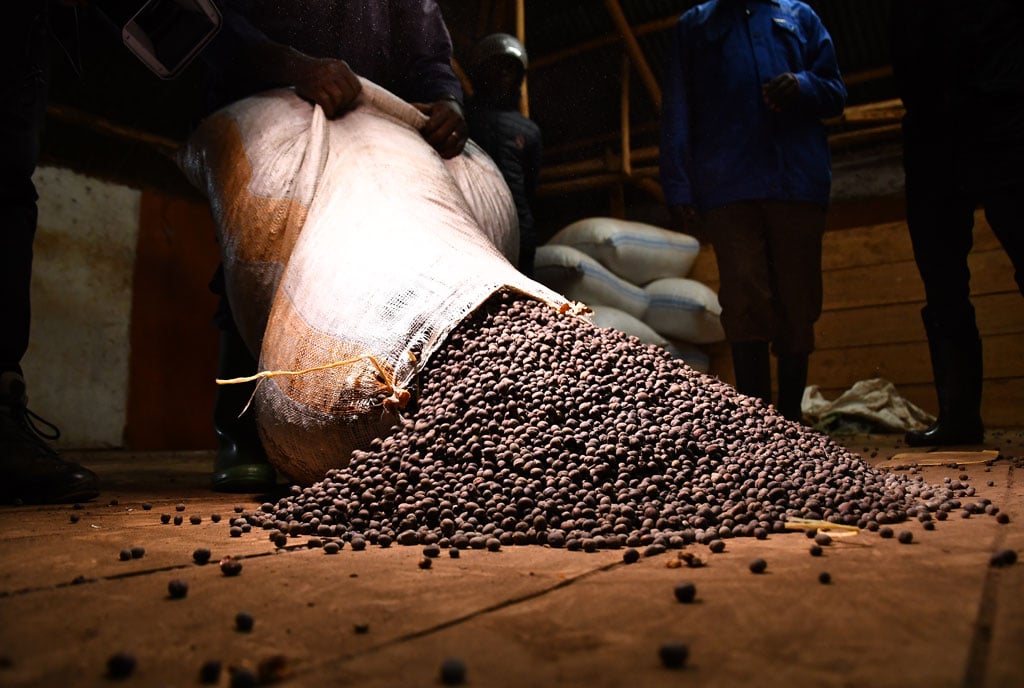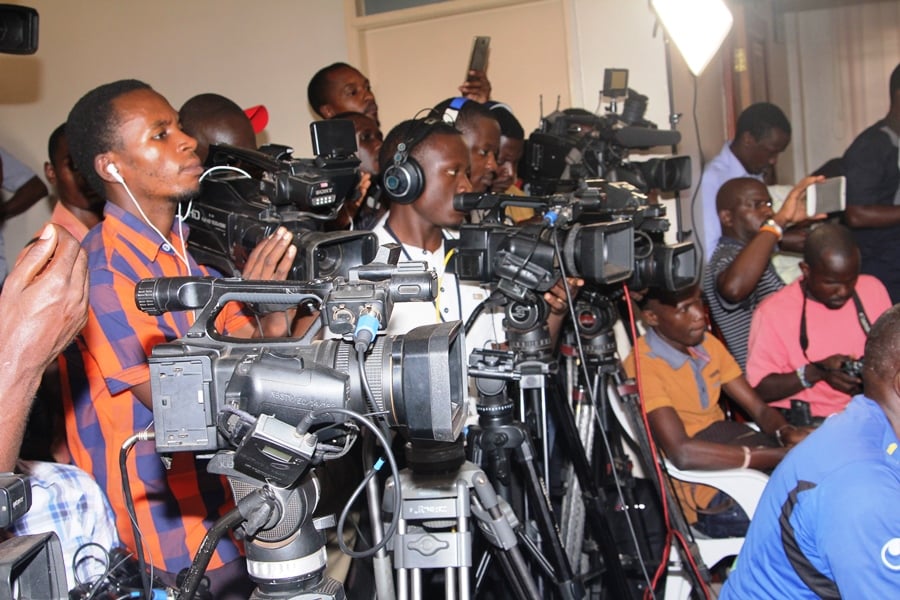
Writer: Odoobo C. Bichachi. PHOTO/COURTESY
Politics and violence in emerging or pseudo-democracies is often intertwined and in Africa, it takes many forms. There is violence by politicians against members of the public (supporters of different sides). There is violence between supporters of different political groups. There is violence by security forces against civilians, usually opponents of the incumbent. Then there is violence of politicians directly against each other.
The latter is what we witnessed in Uganda’s Parliament on Wednesday as the House convened to debate the National Coffee Amendment Bill 2024. Two members – Kilak North MP, Anthony Akol and Mityana Municipality MP, Francis Zaake – got involved in a scuffle on the floor of Parliament that left the latter hospitalised, a dozen members suspended and the session momentarily disrupted.Journalists, as always, are at hand to make the first draft of history in as far as documenting such violent events is concerned. Beyond legacy media, the advent of social media has enabled the unfiltered documentation and dissemination of such events, which has its good, bad and limitations.
Thus in real-time, the public was, through social media, able to see clips of the fist fight in the Parliament chambers and were able to apportion responsibility – rightly or wrongly – on the basis of one or two clips they viewed. During violent events such as this, journalists are usually spoilt for choice of angling stories. The result is that sometimes, the story ends up as a football or boxing commentary focusing on just the exchange of punches or kicks, the cheers and condemnations, the referee, protagonists, etc.
This leaves audiences with a general but vague picture of what transpired. The Poynter Institute’s Kelly McBride and Gabriel Rodriguez, writing in the context of the recent US election, make interesting recommendations on how journalists could cover political violence or threats of violence (see, “How to cover political violence and threats without making it worse”, www.poynter.org October 29, 2024). I share some of their tips, with additional commentary. First and foremost, “the best journalistic practices for covering other types of violence apply to political violence.”
These include reporting in a manner that minimises harm, showing empathy, being detached, balanced, accurate, respecting privacy, etc. Second, “report on those who deliberately stoke conflict, even if they are in positions of trust and authority.” This is important in bringing them to account in the court of public opinion as well as in formal courts should the matter escalate from the political realm to the legal realm. What the media documents is crucial because it is a trusted and unbiased witness to the event.
Third, “go easy on words that evoke violence, particularly in headlines and social media text.” Yes, it is very easy to get excited and report like one is commentating on a football match, throwing about all the superlatives, because this is what people on social media are doing. Keep the language and tone in the stories sober. Fourth, “conflict stories, when reported with nuance and accuracy, lead to a more informed community.”
Perpetrators of political violence like to hide in the shadows and in ambiguity to avoid being held to account. When the media does a good job of documenting the event, it narrows down the spaces in which orchestrators of political violence can hide. Fifth, “accurate and informative historical comparisons will point out differences as well similarities.” In the context of MP Akol vs MP Zaake fight, this is not the first time both have been involved in scuffles in Parliament. It is therefore easy to make a general reference to previous incidents as background reporting, and hence paint them as the “usual bad boys”.
Thus, to give the public a better and accurate perspective, previous incidents should be accurately cited in facts and context, and then brought to fit into the current events. As Rachel Kleinfeld, senior fellow in the Democracy, Conflict and Governance programme at the Carnegie Endowment for International Peace said in the referenced Poynter article, “…media plays a crucial role in shaping how people perceive political violence and whether perpetrators of violence or threats achieve their ultimate aims.”
So, how the story of Wednesday’s violence in Parliament plays out in mainstream – and social media – can determine whether the culprits get away with it or pay some price (even a token political one) for their mischief.
Send your feedback/complaints to [email protected] or call/text on +256 776 500725. WhatsApp +256 752500725







